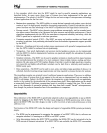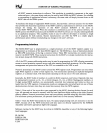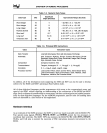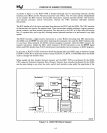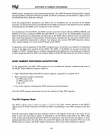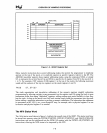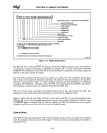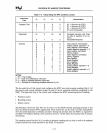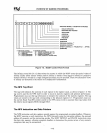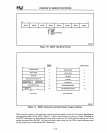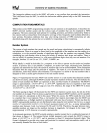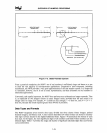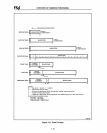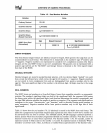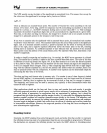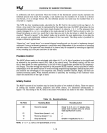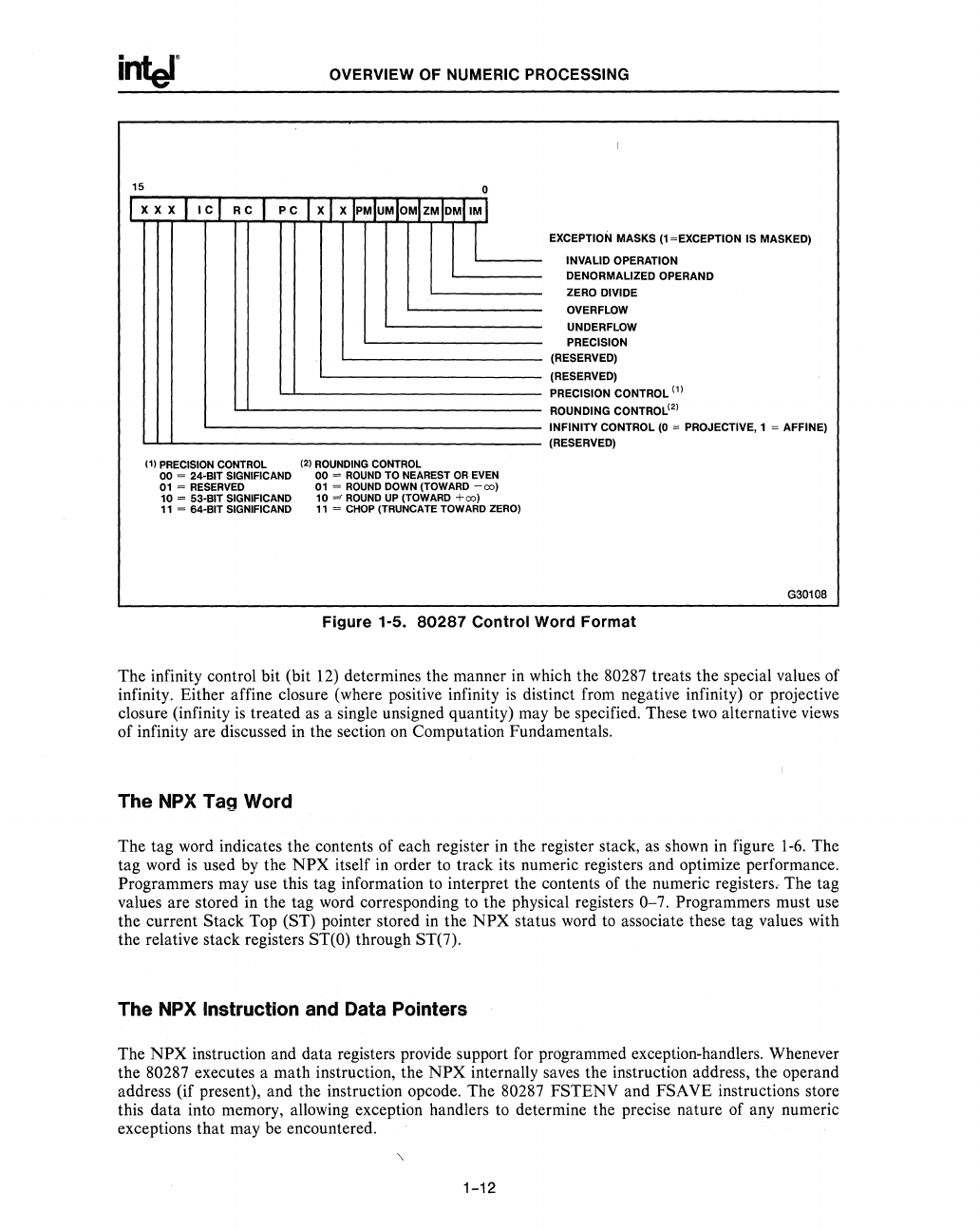
inter
OVERVIEW OF NUMERIC PROCESSING
15
I x x x I I C I R
cL
PC
I x I X
IPMIUMIOMIZMIDMIIM
I
(1)
PRECISION
CONTROL
00
~ 24-BIT SIGNIFICAND
o 1 ~
RESERVED
10
~ 53-BIT SIGNIFICAND
11
~ 64-BIT SIGNIFICAND
I
(2)
ROUNDING
CONTROL
00
~
ROUND
TO NEAREST
OR
EVEN
01
~
ROUND
DOWN
(TOWARD
-co)
10
~
ROUND
UP
(TOWARD
+co)
11
~
CHOP
(TRUNCATE TOWARD
ZERO)
EXCEPTION
MASKS
(1
~EXCEPTION
IS MASKED)
INVALID
OPERATION
DENORMALIZED
OPERAND
ZERO DIVIDE
OVERFLOW
UNDERFLOW
PRECISION
(RESERVED)
(RESERVED)
PRECISION CONTROL
(1)
ROUNDING CONTROL
(2
)
INFINITY
CONTROL (0
~
PROJECTIVE, 1
~
AFFINE)
(RESERVED)
G30108
Figure
1-5_
80287
Control
Word
Format
The infinity control bit (bit 12) determines the manner in which the 80287 treats the special values of
infinity. Either affine closure (where positive infinity
is
distinct from negative infinity) or projective
closure (infinity
is
treated
as
a single unsigned quantity) may be specified. These two alternative views
of infinity are discussed in the section
on
Computation Fundamentals.
The
NPX
Tag Word
The tag word indicates the contents of each register in the register stack,
as
shown
in
figure
1-6.
The
tag word
is
used by the
NPX
itself in order to track its numeric registers and optimize performance.
Programmers may use this tag information to interpret the contents of the numeric registers, The tag
values are stored
in
the tag word corresponding to the physical registers 0-7. Programmers must use
the current Stack Top (ST) pointer stored in the
NPX
status word
to
associate these tag values with
the relative stack registers
ST(O)
through ST(7).
The
NPX
Instruction and Data Pointers
The
NPX
instruction and data registers provide support
for
programmed exception-handlers. Whenever
the 80287 executes a math instruction, the
NPX
internally saves the instruction address, the operand
address (if present), and the instruction opcode. The 80287 FSTENV and FSA VE instructions store
this data into memory, allowing exception handlers to determine the precise nature of any numeric
exceptions that may be encountered.
1-12



